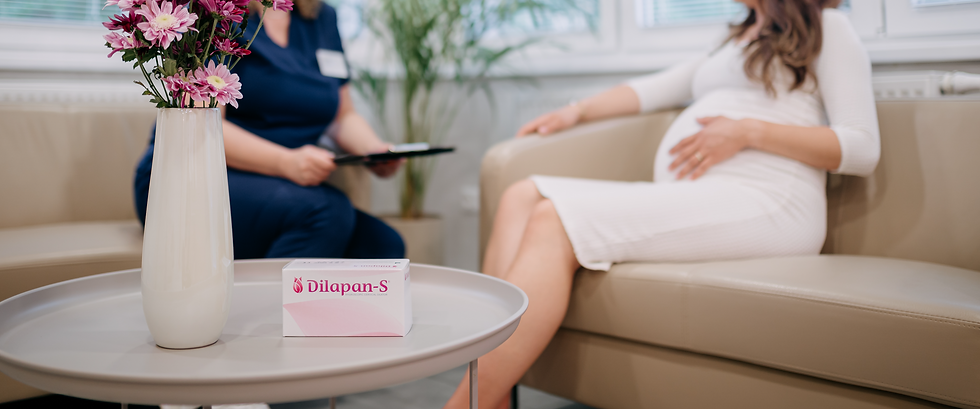Essential Skills - Mobilisation
- Stephanie Allen

- Nov 28, 2023
- 2 min read
Updated: Nov 30, 2023
We all have experiences of those births that just seem to go seamlessly; experiences that make us remember, throughout the chaos that is midwifery and obstetrics, the reasons why we all do what we do. Those low risk, straightforward births where women appear to need no more than a hand to hold and some gentle reassurance. Those births where everything seems to just click into place.
We also have all cared for and know too well those women who seem to have every factor going against them. Those women who endure a long induction process, failed forceps and caesarean section. We question why these women’s bodies seem to work against them; writing the experience off as the path these ‘high risk’ women are destined to follow.
However, we do have to question our role in this. To realise that these women are the ones that need our honed skills more than any and it takes us going back to basics.
Probably one of the simplest measures we can take is just to encourage women to move. This exercise alone has been proven to benefit the physiological mechanisms of birth and the greater maternal experience.
The promotion of mobilisation in childbirth has been documented for centuries, developed and adapted from a plethora of evidence and its importance cannot be underestimated. Particularly for those women whose birth plans are complicated by an induction, the benefits of early mobilisation cannot be dismissed; influencing maternal satisfaction, pain perception and analgesia needs whilst promoting optimal fetal positioning and reducing the likelihood of further interventions. In fact, a Cochrane review reported that mobility and upright positions can reduce the length of labour by an average of 1hr 22 mins and reduce the incidence of caesarean section by 29%!
Mobilisation following ARM should always be offered as standard practice regardless of parity. Gravity will aid descent of the fetal head placing pressure on the cervix, releasing natural prostaglandins and contributing to effacement.
This cascade of hormones and physiological processes can further assist with maturation of the cervix and even be enough to initiate labour. This is most likely seen in multips, but primips should be able to receive the benefits too. Vertical positions have been found to encourage good fetal alignment and uterine contractions, reducing the need for augmentation and perineal damage during birth.
Due to the localised action of DILAPAN-S, women are comfortable and do not commonly experience strong uterine contractions as found with Prostaglandins. The lack of these tightenings means the presenting part exerts less pressure on the cervix. When using other mechanical methods such as balloon catheters, the weight of the balloon exerts a downward pressure onto the cervix, although women often find this uncomfortable.
DILAPAN-S has a different mode of action to these existing methods as it works by osmosis to dilate. This exerts a gentle radial pressure in the cervix rather than an instant downward pressure, explaining why women report such high satisfaction during the process. Although this can result in slightly less effacement (with respect to cervical length) being noted using Dilapan-S® , this is easily rectified.
In our experience, mobilisation both during the ripening process and after ARM leads to improved outcomes and is therefore encouraged for this reason.







